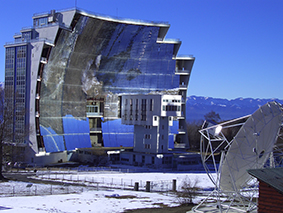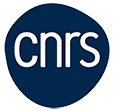Upper Bounds on Broadband Absorption
Résumé
We address the question of the optimal broadband absorption of waves in an open, dissipative system. We develop a general framework for absorption induced by multiple overlapping resonances, based on quasi-normal modes and radiative and non-radiative decay rates. Upper bounds on broadband absorption in a slab of thickness \d\ take the simple form: \A= 1-\\exp(-F \\alpha d)\, where \\\alpha\ is the absorption coefficient and \F\ the path enhancement factor. We apply these results to sunlight absorption in photovoltaics and answer the long-standing debate on the best light-trapping strategy in solar cells. For angle-independent absorption, we derive the isotropic scattering upper bound \F = 4 n^2\ (\n\ the refractive index), extending the well-know Yablonovitch limit beyond the ray optics and weak absorption regimes. For angle-restricted illumination, we show that \F\ can be further increased up to \8 \\pi n^2 / \\sqrt\3\\ using multi-resonant absorption induced by periodical patterning. These results have a general scope in the field of wave physics and open new opportunities to maximize absorption, detection, and attenuation of electromagnetic or mechanical waves in ultrathin devices.
| Origine | Fichiers produits par l'(les) auteur(s) |
|---|





